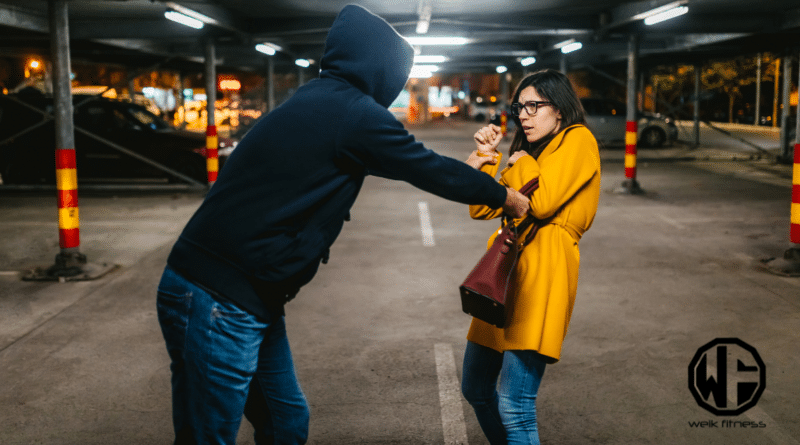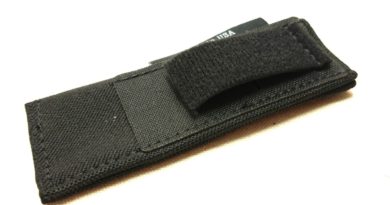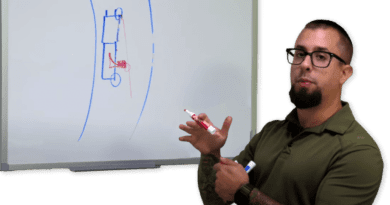Improvised Weapons: Everyday Objects For Self-Defense
Worrying about staying safe is a feeling many of us know all too well. Sometimes, you might find yourself in a situation where self-defense becomes necessary, but you’re unarmed (for whatever reason) without a traditional or normal weapon like a knife or firearm. You’ll need improvised weapons in those scenarios.
It’s true; violence can unexpectedly become part of your reality. That’s precisely why being prepared is so crucial. Through my research into this topic, I’ve uncovered some great methods for using everyday items as a melee weapon for protection.
The secret lies in reimagining the ordinary and recognizing that common objects can double as improvised weapons. Pens and flashlights, coffee mugs and belts — when used intelligently, these familiar items could be what stands between you and harm.
This article will show you how to transform the ordinary into potent defense tools while considering legal implications. We’ll dive deeper into techniques, real-life applications, and training methods to ensure you’re always ready.
Table of contents
- Key Takeaways
- Understanding Improvised Weapons
- Everyday Items as an Impact Weapon and Effective Improvised Weapons
- Techniques for Using Improvised Weapons
- Practical Scenarios for the Use of Improvised Weapons
- Preparing and Training with Improvised Weapons
- Improvised Weapons and Makeshift Weapons Can Save Your Life
Key Takeaways
- Any everyday item can be a tool for self-defense. Pens, keys, and even coffee mugs can help protect you.
- Knowing how to use these items is key. Training helps you learn the best ways to hold and swing them for defense.
- Be aware of your surroundings and laws about self-defense. This knowledge keeps you ready and safe within legal limits.
- Regular practice with improvised weapons increases your skill and confidence in using them during emergencies.
- Your mindset matters as much as your physical skills. Staying alert and thinking quickly can turn common objects into lifesavers.
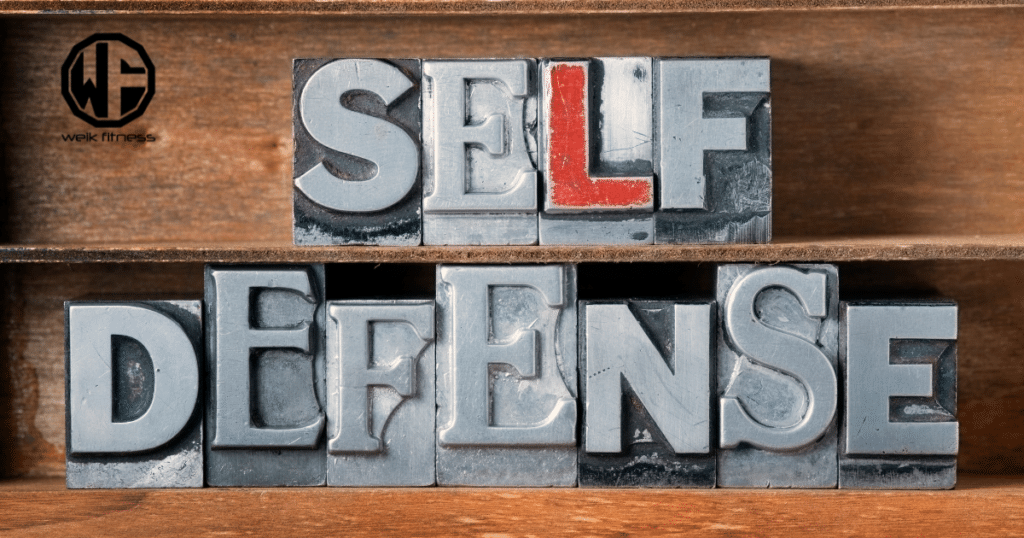
Understanding Improvised Weapons
In self-defense, understanding improvised weapons is crucial. It’s important to note that not all weapons have to be purchased from a store. Everyday objects can also serve as potential weapons.
Definition and Use in Self-Defense
Improvised weapons are everyday items I can use to defend myself. They aren’t actual weapons like knives or guns. Instead, they’re things I might already carry, like pens or keys. Many martial arts tools started as these kinds of weapons.
The idea is to use what’s around you to stay safe.
I focus on mindset, awareness, and being able to adapt. History shows people have always used whatever they could find to protect themselves. Training with these items is key for my safety.
This approach fits into the “everyday carry” concept, which means I am always prepared, no matter where I am or what I’m doing.
Legal Considerations
Knowing the laws around self-defense in your area is key before you even think of using a pen or umbrella as a weapon. In most areas, the rules are clear: use force only if there’s an immediate threat to your safety.
This means you can’t just swing at someone because they scared you. It must be a situation where you truly have no other choice. In these moments, choosing to fight back with what’s in your hand has legal backing, but only up to a point.
I learned quickly that training and awareness go hand in hand with understanding these laws. For instance, attending self-defense classes and martial arts when I was younger taught me how much force is reasonable in various situations.
They stressed the importance of always aiming to escape harm rather than confront it directly, especially when using everyday items for protection. This approach aligns perfectly with local self-defense laws, ensuring that if I ever need to defend myself, I’m doing so within legal boundaries.
Everyday Items as an Impact Weapon and Effective Improvised Weapons
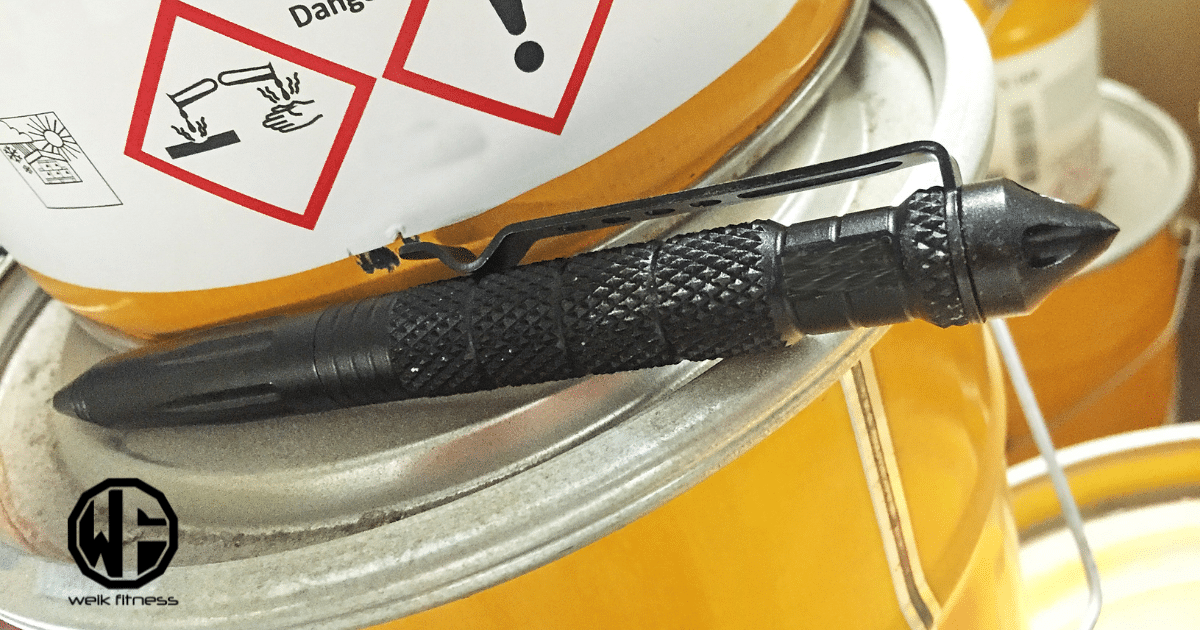
Everyday items can serve as effective improvised weapons in self-defense. These ordinary objects include pens, keys, belts, flashlights, umbrellas, water bottles, and coffee mugs. Using these items strategically can help individuals protect themselves in various situations.
1. Pens and Pencils
I typically always carry a stainless steel pen. It’s not just for writing. In a tight spot, it can be a good improvised weapon. I learned that tactical pens, like those from Smith & Wesson and Schrade (the Schrade pen linked is the one I use, and you may have seen in some of my social media posts of my EDC pocket dumps), are designed for this very purpose.
They’re strong enough to stab at an attacker and discreet enough not to cause alarm in public. If you’ve never been hit by one (just when messing around, not an actual attack), they hurt like hell. I let my son hit me with it, and I definitely don’t want to be on the other end of you holding a tactical pen inside your fist and hitting me with it. It can create some significant damage.
Using my pen or pencil in self-defense focuses on aiming for soft spots — eyes and throat are prime targets. The weight and material of the pen make a big difference in how effective it is.
Heavier metal pens work best because they can do more damage and are harder to break. This way, I feel prepared without needing to carry an actual weapon around (which is never unless I’m going somewhere that has metal detectors or is a government property).
If you only want to carry a pencil around, just make sure you sharpen it to be used as an improvised weapon if needed or use a clicky pen with a hard body that can be used as a weapon.
2. Keys and Keychains
Keys and keychains are multifunctional tools. Aside from unlocking doors, they can also be utilized as effective improvised weapons for self-defense purposes. When clenched between the fingers, keys can augment the impact of punches, enabling precise targeting of vulnerable areas such as the face and throat with added force.
Moreover, methods such as “key knife” involve thrusting and slashing movements with keys, while “key knuckles” offer an alternative approach for striking opponents, similar to that of a push dagger. It’s important to consider that key fobs and hotel key cards can also be adapted to bolster one’s self-defense capabilities.
By integrating everyday items into self-defense practices, one can better prepare for unforeseen circumstances. Thus, understanding how to use keys and keychains as improvised weapons not only adds an additional layer of protection but also ensures that commonplace objects can serve as valuable assets for personal safety.
Something else to consider is adding mace to your keychain as another level of defense. I wrote an article on carrying OC spray that you can click here to read. It’s worth your time.
3. Belts and Scarves
Belts and scarves are indispensable tools beyond the realm of fashion. For self-protection, these everyday articles are invaluable. A belt can serve as a tool for striking or for grappling, while a scarf can also function as a defensive instrument.
Yet, acquiring hands-on expertise is essential to maximize their usefulness in crucial situations. Receiving instruction from reputable sources is crucial to understanding how to effectively utilize these common objects in case of an emergency — this could mean the difference between life and death.

It’s essential for those interested in self-defense and preparedness to acknowledge the potential of belts and scarves as improvised tools. While they may appear commonplace, these items could potentially save your life when conventional weapons are not available.
Practical training not only magnifies their efficacy but also equips individuals with added confidence and capability in the event of an unforeseen situation that demands rapid thinking and resourcefulness.
4. Flashlights
Flashlights serve as more than just a source of light in self-defense. They can disorient attackers by temporarily blinding them when you activate the light, giving you an advantage.
I suggest using heavy-duty flashlights for striking; inexpensive tactical flashlights like a Streamlight MicroStream are ideal and easy to conceal (click here to read my article on the light).
That said, my personal preference would be the Cloud Defensive MCH, which I carry, and I did a full article on that you can read here. I’d also highly recommend swapping out the pocket clip for the Thyrm Switchback 2.0.
Knowing striking points enhances their effectiveness — they’re dual-purpose tools and especially effective in low-light environments.
It’s crucial to keep this fact in mind: flashlights have the potential to be impactful makeshift weapons in self-defense scenarios.
5. Umbrellas
Umbrellas make for surprisingly effective improvised weapons. The Unbreakable Umbrella, in particular, has the strength of a metal pipe and can strike with force similar to a blunt weapon.
Regular umbrellas require skill and practice to use effectively, but they are inconspicuous and common items that can be used against knife attacks. Retaining possession of your umbrella during a confrontation is crucial for self-defense situations.
6. Water Bottle
A water bottle can serve as an effective tool for self-defense. A filled 38-ounce Nalgene bottle, weighing around 2 pounds, is quite substantial. The durability of aluminum water bottles makes them suitable for striking and bashing, offering a practical solution in situations where self-defense is necessary.
Additionally, beyond its potential use in self-defense scenarios, a water bottle is also crucial for staying hydrated — a vital consideration during any emergency situation or confrontation.
Water bottles offer not only the benefit of hydration but also the added advantage of being used as improvised tools when required. In considering preparedness and defensive tactics, having items that serve dual purposes is invaluable.
Whether it’s made from durable materials like Nalgene or aluminum, a simple water bottle holds the potential to be an essential tool in one’s arsenal for both hydration and defense — something I’ve personally come to appreciate based on my own experiences in challenging urban environments.
7. Coffee Mugs
Coffee mugs serve a dual purpose beyond just holding a hot beverage that helps get you moving in the morning. In self-defense scenarios, they can serve as a means to deliver a strong impact, potentially incapacitating an aggressor.
Whether used as a makeshift weapon by striking directly or as a vessel to throw hot liquid and then follow through with physical force, a coffee mug can be a lifesaver.
One benefit lies in the widespread presence of coffee mugs in both homes and workplaces, ensuring easy access when considering self-defense options. Unlike larger objects such as coffee pots, they offer a more manageable size while remaining effective as impromptu defensive tools.
So, when faced with close-quarters combat and lacking conventional arms, it’s worth noting that a dependable coffee mug can be a valuable asset.
Techniques for Using Improvised Weapons
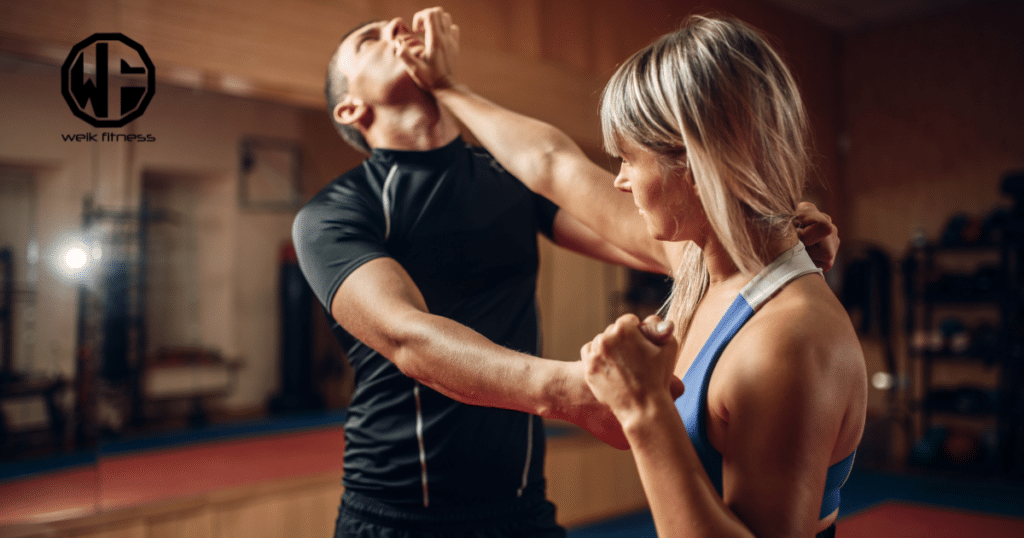
When using everyday items as improvised weapons, having an understanding of effective techniques is crucial. Knowing how to grip and swing these objects, target striking points for maximum impact, and adopt defensive postures can enhance your self-defense capabilities.
1. Gripping and Swinging Methods
Using everyday items for self-defense requires quick thinking and adaptability. The way we hold and wield an improvised weapon greatly depends on its shape and weight. Having a secure and firm hold is essential for effective use.
For example, holding a pen or pencil in a stabbing position can maximize impact when necessary. Adjusting our grip to fit the design of umbrellas or flashlights also makes them effective for self-defense.
Different items demand different swinging techniques due to their variations in size and shape. For instance, a belt may require a whipping motion to maintain distance from an assailant, providing a safe defense without direct hand-to-hand combat.
Keys can also be strategically held between fingers for maximum effectiveness in close-quarters situations, effectively deterring attackers.
Ultimately, adapting our technique to suit the specific object at hand is crucial when using everyday items as improvised weapons.
Heck, in a pinch, hammers may also be used as weapons. Simply grip it and make a melee attack to defend yourself.
2. Striking Points for Maximum Impact
When it comes to self-defense, focusing on vulnerable points is essential. In any confrontation, targeting the eyes, nose, throat, and knees can quickly stop aggression. Effective striking techniques concentrate on crucial areas of the body for maximum impact.
Understanding combative anatomy allows quick ways to disarm and disable an attacker using improvised weapons such as pens, keys, belts, flashlights, or umbrellas. The trauma inflicted through burning, cutting, and crushing in these areas enhances effectiveness, while regular practice complements this approach by enhancing combat readiness.
Exploring practical scenarios where these tactics are crucial is crucial; for instance, during night time or in urban environments, when understanding how these tactics apply provides a customized advantage.
Drawing from personal experience with similar situations underscores the effectiveness of any strategy developed, showcasing direct experience alongside actionable training, which will empower and enhance confidence when faced with danger.
3. Defensive Postures with Improvised Weapons
When utilizing everyday items for self-defense, understanding defensive stances is crucial. These stances can improve the effectiveness of improvised tools. Making direct eye contact with an attacker can discourage them, while positioning yourself for stability and balance is also crucial.
Defensive stances differ based on the object used, so it’s vital to adjust based on what you have at hand.
A solid grasp of combative anatomy (studying body vulnerabilities) further improves these defensive techniques when using improvised tools. For instance, understanding striking points for maximum impact can help disable an attacker efficiently.
Keep in mind that different objects lend themselves to different defensive stances, allowing one to respond effectively in various threatening situations.
By including personal experience in your training and staying aware of your surroundings, you’ll be better prepared to use ordinary items as effective tools for self-protection.
Practical Scenarios for the Use of Improvised Weapons
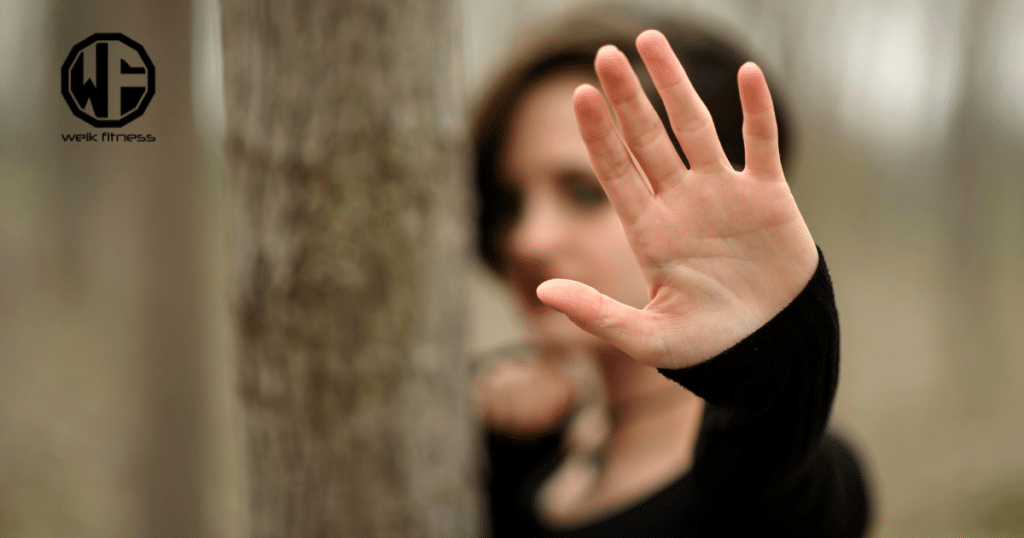
In urban environments, everyday objects can become effective self-defense tools. During nighttime, improvised weapons like flashlights or umbrellas can be handy for protection. In confined spaces, strategically using items such as keys or water bottles can help you defend yourself.
In Urban Environments
Urban environments offer various potential improvised tools. Everyday objects like keys, pens, and umbrellas have the potential for self-defense. Being prepared is crucial, especially in urban settings where attacks may be more common.
It’s essential to be highly aware of the surroundings here, enabling the identification and utilization of potential improvised weapons against attackers. Being prepared for unexpected situations is crucial in urban environments.
You need to think about the accessibility of everyday items as a core part of your self-defense strategy when navigating city spaces. Understanding how to use common objects as improvised tools could indeed make a difference in life-threatening scenarios within densely populated and potentially dangerous areas.
During Night Time
At night, accessing firearms may not be possible. I become more vulnerable to potential threats due to the rising crime rates at night. Therefore, knowing how to use everyday items during the night is crucial for self-defense.
Flashlights are effective tools in my everyday carry (EDC) kit and can serve as an effective improvised weapon. Being prepared for nighttime self-defense requires awareness and readiness, as EDC items like flashlights play a significant role.
RELATED: Streamlight ProTac HL-X — A Beefy EDC Rechargeable Flashlight
Understanding that rising crime rates emphasize the need for alternative skills such as improvised weapons, it’s important to recognize that practical scenarios must also include being equipped with knowledge on how to use simple everyday objects effectively during nighttime attacks or confrontations.
In this regard, using keys or keychains, belts, scarves, flashlights, umbrellas, water bottles, and coffee mugs can make a difference between life and death when facing potential dangers in low-light environments.
In Confined Spaces
In tight spaces, it may be challenging to access firearms. That’s why it’s vital to be ready for self-defense using everyday objects like lamps and irons. Regular practice is crucial in these environments.
Understanding combative anatomy for confined spaces will help you use tactical pens discreetly and effectively. It’s important to distinguish between common misconceptions about improvised weapons and the reality of using them within restricted spaces.
Being aware of your surroundings and having basic self-defense skills becomes even more critical when considering tactics tailored for confined spaces.
By gaining first-hand experience in preparing for self-defense scenarios beyond firearms, I’ve come to understand the importance of knowing how to make the best use of everyday items as improvised weapons within confined environments.
This practical approach has helped me navigate through challenges associated with using such tools under high-stress situations.
Preparing and Training with Improvised Weapons
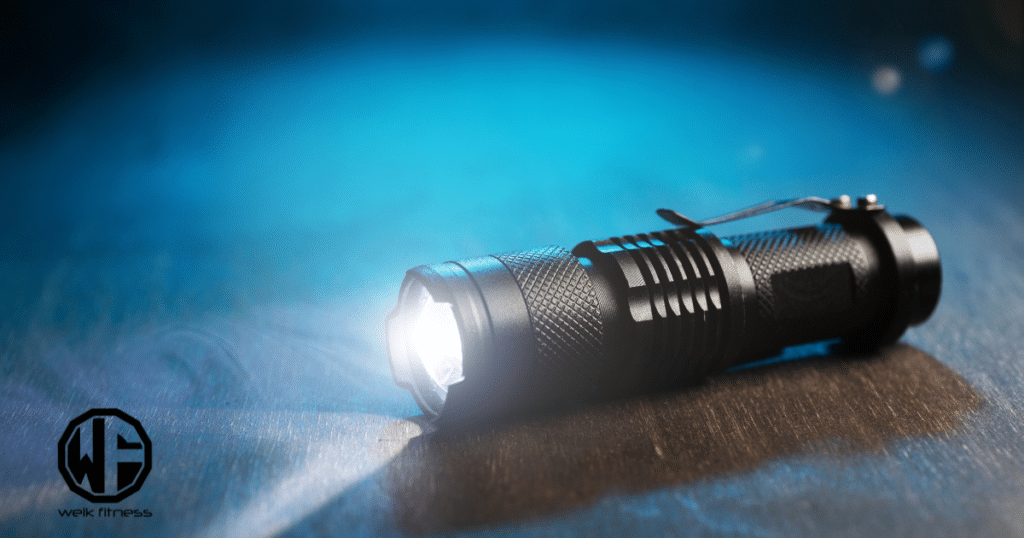
Preparing and training with improvised weapons is essential for self-defense. Learn to use everyday items like pens, keys, belts, flashlights, umbrellas, water bottles, and coffee mugs as effective tools.
You can also explore techniques such as gripping and swinging methods to maximize impact and how to adopt defensive postures using these improvised weapons.
1. Awareness of Surroundings
First and foremost, it’s important to highlight how vital it is to be aware of your surroundings and have situational awareness. It’s the primary factor in self-defense. Understanding what’s happening around you significantly impacts your ability to protect yourself and anticipate potential threats from a distance.
Being cautious means observing items around you that could serve as improvised tools if necessary. A quick scan of my immediate environment enables me to recognize everyday objects with the potential for defensive use — a pen, a coffee mug, or even an umbrella can become valuable assets in case of emergency.
This type of awareness not only provides me with options for defense but also helps deter threats, as potential wrongdoers are less inclined to target someone who appears attentive and prepared.
2. Basic Self-Defense Skills
Fundamental self-defense skills are a must. Having a firm stance and maintaining direct eye contact is essential. Targeting sensitive areas increases effectiveness. Again, regarding legal considerations, the use of improvised weapons can differ.
Ethical responsibility in self-defense is also crucial. Lastly, always prioritize using the least amount of force required for safety.
Furthermore, it’s important to consider the utilization of improvised weapons in urban settings, especially during nighttime and within confined spaces. These are situations where practical application is particularly significant.
3. Regular Practice Sessions
Regular practice is crucial when it comes to using everyday items as tools for self-defense. It’s essential to familiarize yourself with the objects you may have at hand and train on how to use them effectively.
For instance, regularly practicing gripping and swinging methods can help increase your proficiency in wielding improvised items like keys, pens, or flashlights.
Through consistent training, you’ll also develop a strong understanding of defensive postures and striking points that maximize impact during an altercation. This hands-on experience not only enhances your preparedness but also boosts your confidence in handling potential confrontations.
Remember, regular practice could be essential for saving your life in a dangerous situation.
Improvised Weapons and Makeshift Weapons Can Save Your Life
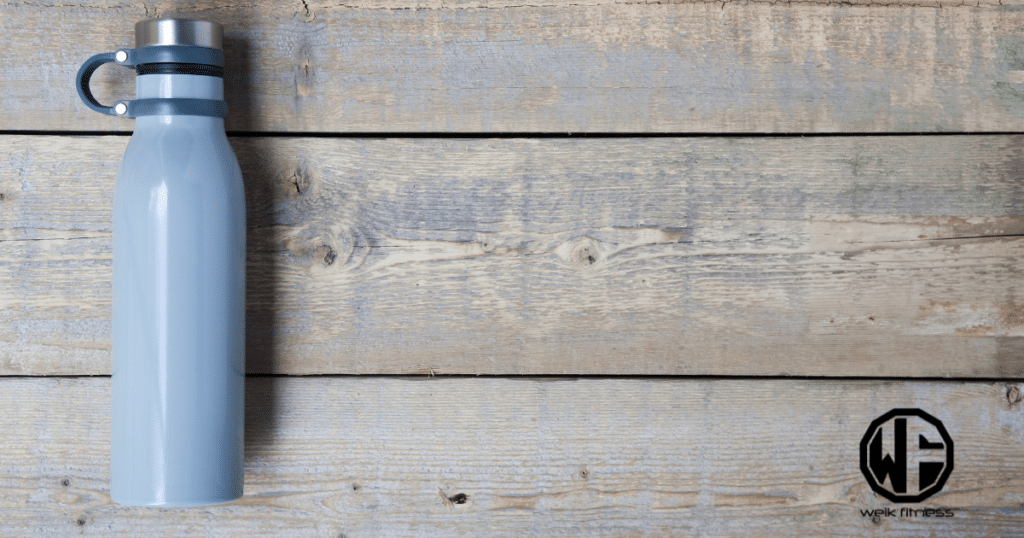
After understanding the potential threats in today’s world and recognizing the value of being prepared, I have learned that everyday objects can serve as effective improvised tools for self-defense, and they’re something you need to think about.
Whether it’s a pen, umbrella, or even keys, these items can be used to enhance personal safety in unexpected situations. By embracing the concept of utilizing common objects for defensive purposes and committing to regular training and awareness, you can feel more confident in your ability to protect yourself when faced with danger.
It’s crucial to bear in mind that mental preparation is just as important as physical skill when it comes to self-defense. Therefore, remaining vigilant and open-minded toward unconventional solutions is key to ensuring your safety.
As a side note to close out this article, if you want to support our website and are in need of any tactical gear (or any product for that matter), anything you purchase using our links below will provide us with a small commission. We don’t charge for our free content and our goal is to keep it that way. We don’t have a Patreon account to put things behind a paywall, nor do we sell pics of our feet on OnlyFans.
If you choose to use the links below and make a purchase (at no additional cost to you), we greatly appreciate your support as it helps us continue to publish free content (like this article) on our website:
- Optics Planet (use code SAS5 at checkout for 5% off)
- Amazon
We have also partnered with CCW Safe. It’s the concealed carry coverage that I personally have for myself and my family in the event we need to defend our lives. Feel free to use our CCW Safe link to sign up and get some coverage to protect yourself and your family.
Also if you have a product you would like us to check out and potentially review, please contact us and let’s discuss.


